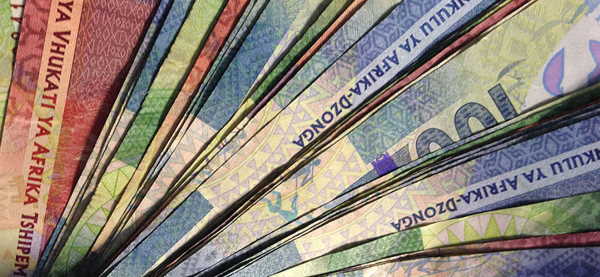
Debt default is a critical issue, especially if we are talking about consumer’s debts. This rate, when increased, essentially reflects a worsening in the economic situation of households: inflation, tax rates and unemployment play a main role in this scenario.
Defaulting on debts is a serious matter, and it can bring important consequences for personal finances. So, when default rates rise, indicating this is a general situation, the state must take care of it, analyzing the causes and the actions to be taken.
In this respect, according to the information published by Experian, there has been reported an increase at their Consumer Default Index (CDI) in the second quarter of this year.
This survey has been developed to track the default behaviour of South African citizens. To do so, they consider different types of credits such as Home Loans, Vehicle Loans, Credit Card accounts and Personal Loans.
According to the last report, the CDI rise occurred quarter-on-quarter. In the first four months of 2022 this index was 3.68, while it passed to 3.80 by the end of the second quarter of the year.
Nonetheless, not everything is bad news. Actually, improvements on this rate have been registered year after year. The CDI moved from 4.05 in the second quarter of 2021, to 3.80 in the same months in this year, which means that consumer’s default were reduced by 6%.
So the question is: are we improving or worsening?
Well, as said by the Head of Commercial Strategy and Innovation at Experian Africa, Jaco Van Jaarsveldt, the last quarterly records are a typical effect of a seasonal behaviour. In this case, the index increases between March and May as the credit application grows during the Black Friday and Christmas season of the previous year.
Still, there are some worrying aspects from the current context that may exceed a mere seasonal effect. We are talking about an economic downturn suffered by most of the South African homes. At least, that’s what specialists think: “what remains to be seen is the relative negative contribution the current global financial situation has had, with cost of living increases not experienced in decades, negatively impacting on consumers”, explained Jaco Van Jaarsveldt.
When it comes to the end of the year projections, the expectatives aren’t positive. Even at segments that registered an overall improvement in CDI, such as credit card, home loans and personal loans, this advance is not expected to continue.
One of the leading causes for it is the pressure of higher interest rates, which continue to rise, even when South African inflation decreased for the second straight month. So far, the average personal loan interest rate is 11.08 percent. Instead, if a person’s credit record registers several defaults, then those rates could increase as it would be more risky for the bank to get its money back.











